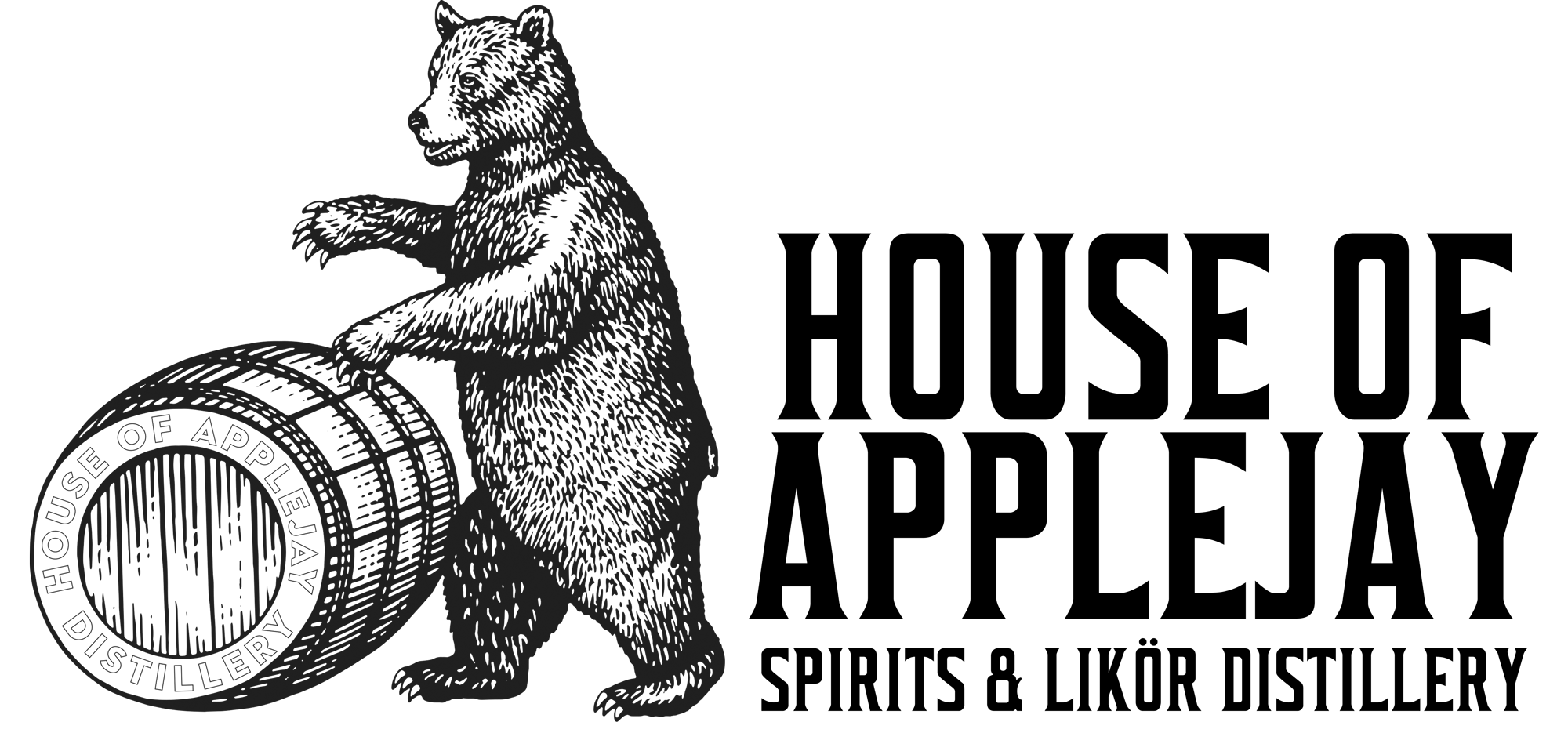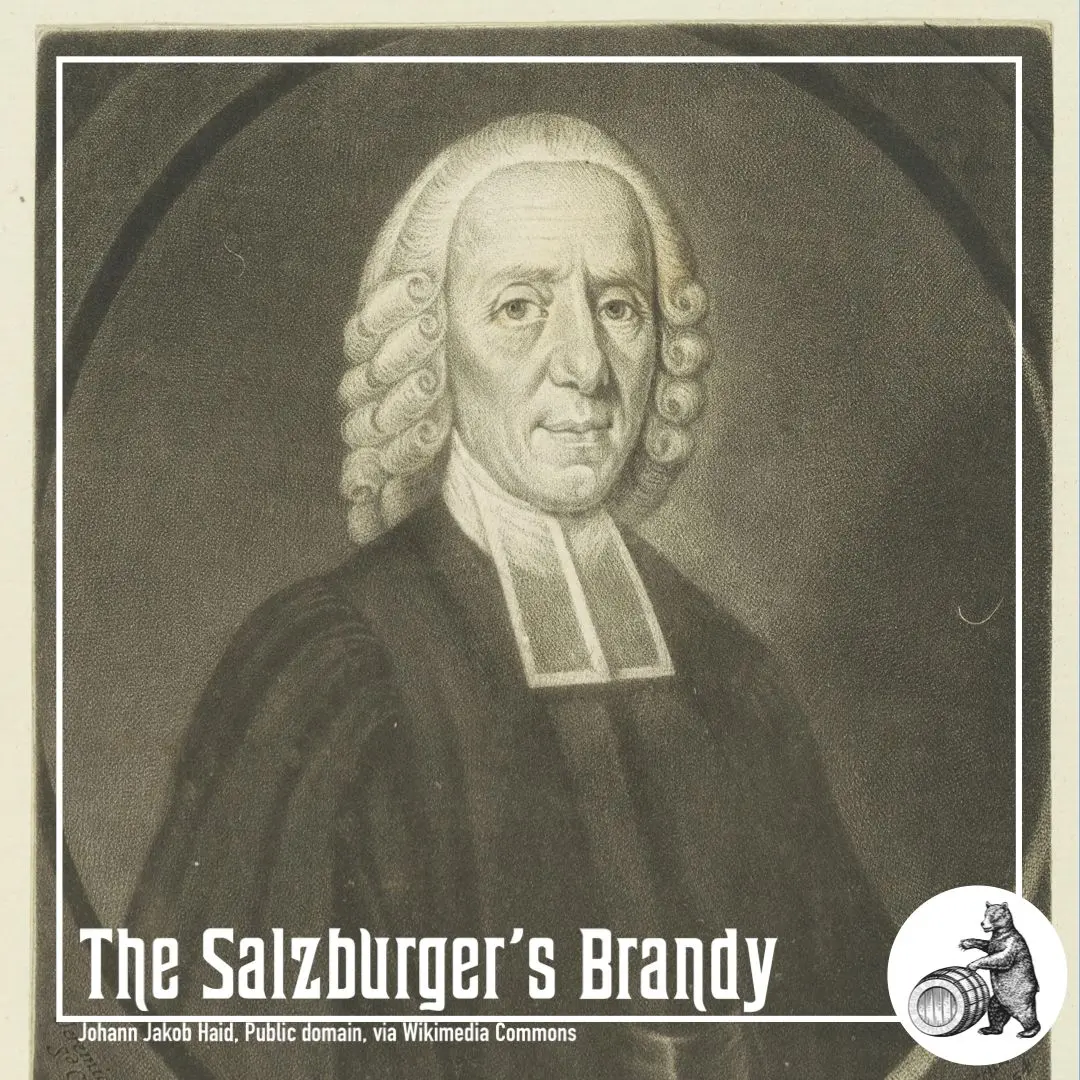The Salzburger’s Brandy
Georgia’s first distillers
In 1734 Salzburger Emigrants, a group of German-speaking Protestant refugees from the Catholic Archbishopric of Salzburg, sailed from England to Charleston, South Carolina, and thereafter to Savannah, Georgia. Johann Martin Boltzius, the religious leader of the German speaking Salzburgers, was met by General James Oglethorpe when they first arrived in Georgia in March 1734. At this event, James Oglethorpe warned the new settlers about the dangers of a new drink from the West Indies called Rum. (Read more about Georgia’s beginning as a dry Colony).
Johann Martin Boltzius
In 1736, Boltzius and the Salzburgers resettled above the Savannah River, calling the new settlement New Ebenezer, and it is likely that they soon thereafter started to engage in distilling.
The “Salzburger Brandy” refers to the oldest known reports about brandy distilling in the Colony of Georgia. It may be that the Salzburger Emigrants have been the first to distill corn stalks in North America, and comparing its qualities to sugar cane from the West Indies.
In his journal Pastor Boltzius describes the distilling of peach brandy: “10th of August, 1741.—We have this year plenty of peaches, and as this fruit does not keep, some of the people try to make a sort of brandy of them; others give them to the swine. This is more than anybody could have promised himself or others some years ago. Even at this time when I am writing, a man brings a large dish of blue grapes to me, grown wild in the woods; they are of a sweet taste, and pretty like our European grapes, so that I am very apt to believe, the wild vines, if properly managed, would give good wine. Thanks to our gracious God, who gives us here every good thing for our support!”
Samuel Urlsperger
In 1749 Samuel Urlsperger, a German theologian, published letters of Johann Martin Boltzius, and Israel Christian Gronau, another leader of the Salzberger Emigrants, referring to distilling and wine production :
“Here in this country there is not only excellent fruit to eat (or fruits, since there are many different kinds); one can also distill brandy for which purpose some residents have made stills. They want to support themselves in every way possible. What I wonder about the most is this: that in this colony so few attempts have been made to plant vineyards. It must be good for growing wine because grapes grow wild on dry as well as the wet soil. The wild grapes are so sweet and good tasting that one must marvel. A Portuguese Jew, who seems to be a swindler, made a good start a few years ago planting a vineyard at the Trustee’s expense. However, he ran away, and then everything was destroyed. After that, Germans and Swiss have planted vineyards. Because they planted them, cut them, and did other things as in Germany, nothing came of it. I had neither the people nor the money to continue my vineyard, and I also had to let it die.” (Detailed Reports on the Salzburger Emigrants Who Settled in America)
Georgia’s first recorded brandy
The Salzburg community survived the American Revolution, Sherman’s occupation, and an 1886 earthquake. Boltzius’ Jerusalem Church houses the oldest Lutheran congregation in America to conduct worship in its original building. Today, Boltzius may mainly be remembered for strongly opposing slavery during the early years of the Georgia colony. And, we like to add that Boltzius and the Salzburgers were Georgia’s first recorded brandy distillers outdating wine making and the establishing of vineyards in the colony.
The Distilling Culture
BLOG
Embark on a global journey, and you’ll find that cultures possess tales that harken back to their ancient beginnings of distillation, brewing, and winemaking.
info@houseofapplejay.com
67 Fowler St, Bldg B, East Ellijay, GA 30540

